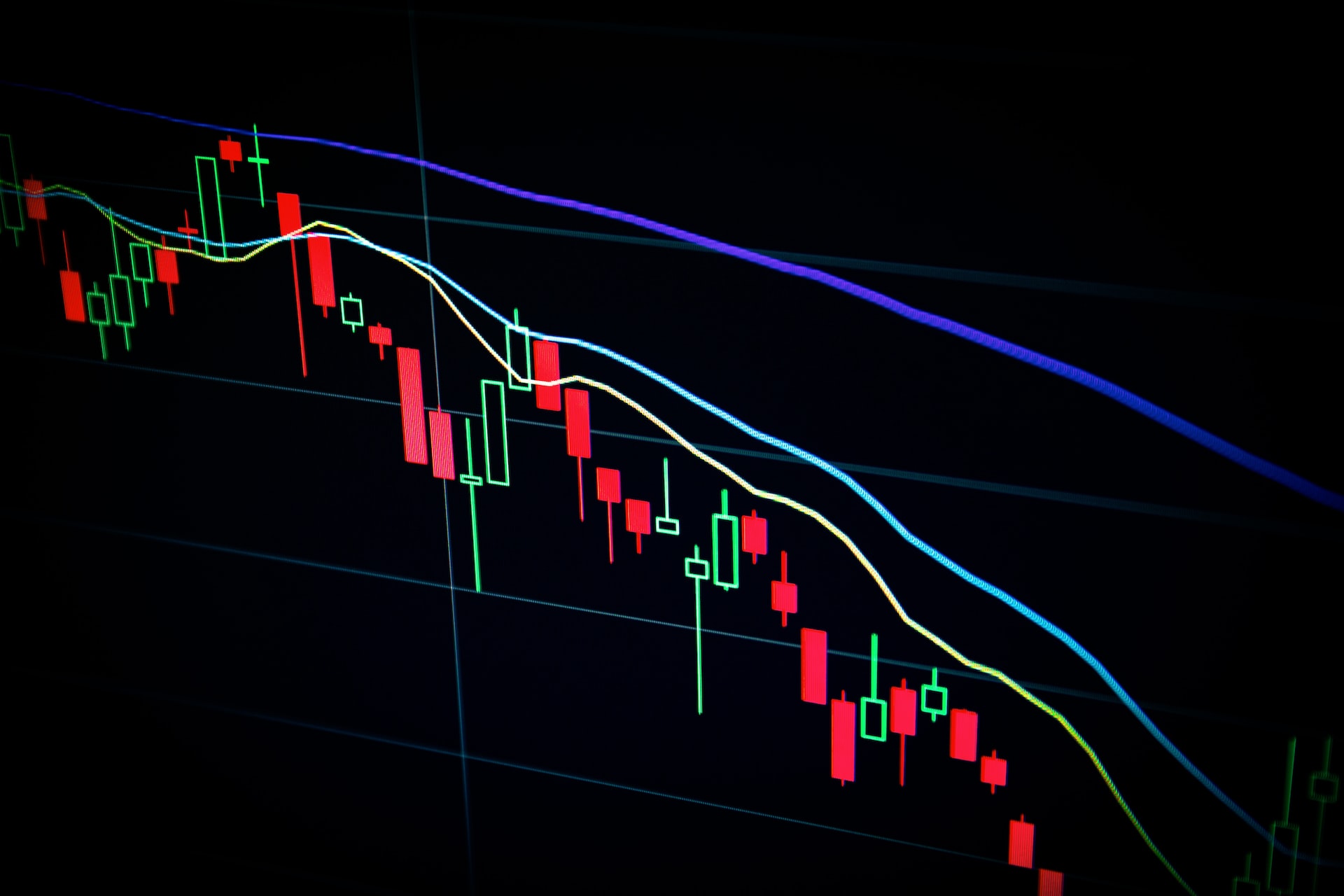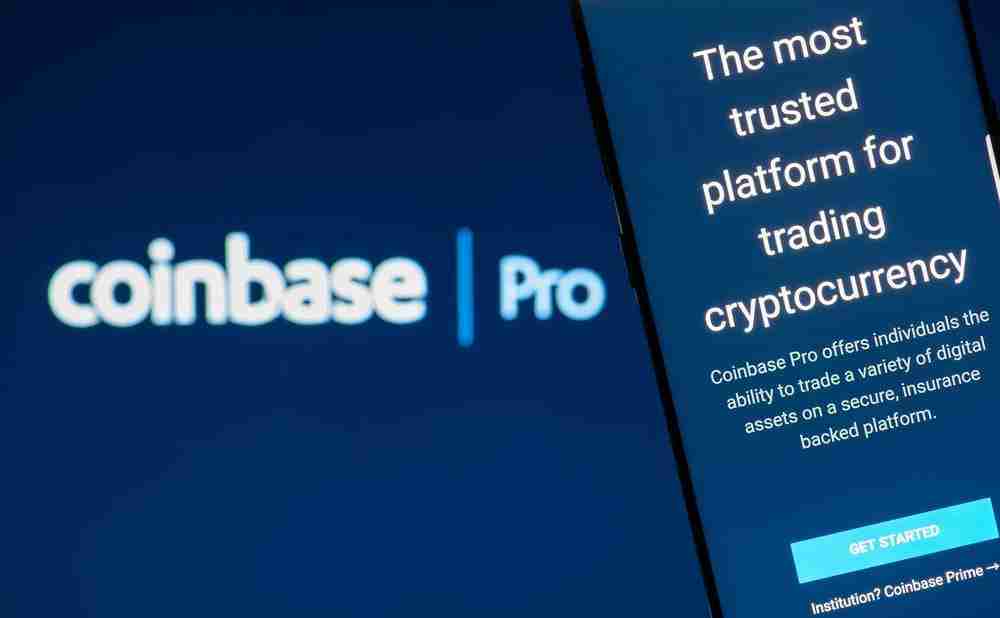
If you try to find GDAX.com today, you will discover that the site is no longer online. So, what happened to a platform so popular that at one time it tweeted, “A new all-time high in daily volume! Over $650 million of $BTC, $ETH, and $LTC have been traded in the past 24 hours.”
We took some time to find out what happened to GDAX.com by following its history, its services, and some of its milestones.
The history of GDAX.com is closely intertwined with that of Coinbase. As the first US licensed Bitcoin exchange, Coinbase exploded. The company launched its exchange in January 2015 and quickly became one of the key names that made crypto trading popular, both in the US and worldwide.
If Coinbase was scaling, it was also facing a significant challenge: managing the growth. The company decided to create an exchange for professional traders to solve this challenge, separating them from casual users. This resulted in the establishment of GDAX.com later in 2016.
It may have been Coinbase’s success that led to the establishment of GDAX.com, but BestBitcoinExchange.io, reports that when GDAX was established to cater to "seasonal traders and expert users,” it received a mixed response from users. The site reports that some of GDAX’s challenges were directly related to the fact that “The interface of GDAX is not as simple as many other cryptocurrency exchanges out there.”
Besides Bitcoin, GDAX offered trading in Litecoin and Ethereum. It also allowed trading to/from USD, EUR, and GBP and exchanging cryptocurrencies. It later added BCH (Bitcoin Cash) support.
GDAX.com used what is known as the maker-taker liquidity fee model. According to the financial website Investopedia.com, the model implies that “Orders generating liquidity (maker orders) are charged fees at a different rate than those which take liquidity (taker orders).” The same source also reports that “cryptocurrency deposits and withdrawals can be done for free, and there are no fees for either maintaining a GDAX account or for holding funds in an account.”
GDAX.com allowed users to “pair” cryptocurrencies to one another (for example, to trade your Bitcoin for Ethereum), but also to pair cryptocurrencies against flat currencies (for example, to sell Ethereum for American dollars).
GDAX had a convenient option to set target market prices which would automatically execute a trade if the market reaches the predetermined point. That would allow a user to make a purchase automatically if the currency of their choice lost value, reaching a predetermined threshold, or to make an automatic sale if it reached a specific set price point.
In terms of security, GDAX.com benefited from the fact that Coinbase owned it. Coinbase made a simple promise to users, “We take careful measures to ensure that your Bitcoin is as safe as possible.”
What did the company do to ensure that it lived up to this promise? It claimed that “98% of customer funds are stored offline.” Adding that, “Sensitive data that would normally reside on our servers is disconnected entirely from the internet.”
To further enhance its security, GDAX performed regular security checks and claimed that all its employees had to pass a criminal background check before they were hired. That implies GDAX was relatively safe from hack attempts.
But, in case something unpredictable did happen, all balances held by US customers in US Dollars on GDAX were covered by FDIC insurance, up to $250k per customer. (That's because they were held in banks in accounts with FDIC coverage).

In May 2018, Coinbase announced that it was rebranding GDAX to Coinbase Pro. In the announcement, Coinbase said that “Coinbase Pro is an evolution of GDAX, specifically designed for individual crypto traders.” Adding that “GDAX helped us discover the active crypto trader, and realize that this new type of customer requires a platform tailored to their needs.”
For those who may have thought that rebranding to Coinbase Pro was another marketing-inspired name change, Coinbase had a message: “Coinbase Pro is more than a new name — it’s a recognition that the crypto trader requires a product completely dedicated to their specific needs.”
GDAX.com users were informed that “All transactions and balances from GDAX will automatically appear in Coinbase Pro.” They were also told that the service was introducing “A new consolidated portfolio view called ‘My Wallets’ that lets customers easily see an overview of their account orders and balances.”
As Coinbase was rebranding GDAX to Coinbase Pro, it was also in the process of acquiring an Ethereum startup called Paradex, integrating it into Coinbase Pro. In a report about the acquisition, published on Forbes.com, Michael del Castillo writes, “Unlike more traditional centralized exchanges, Paradex lets users ‘relay’ cryptocurrency directly to one another without a third party ever needing to custody the token.”
In an article published for TheBalance.com, Jack Tatar speculates on why Coinbase decided to rebrand. He proposes that “Coinbase had to make a few major changes to address the concerns of users.” Adding, “Security of a client’s Bitcoin holdings had become an issue.”
Tatar suggests that Coinbase had to introduce a method of storing Bitcoin in a way that takes the private keys off the network. He says that these details “are then stored in physical form, such as USB drives or on paper, known as vaults.” These actual safety boxes and vaults are located in different parts of the world.
Following the rebranding, GDAX.com and Pro.Coinbase.com operated simultaneously. However, by mid-2019, visitors to GDAX.com started being redirected to Pro.Coinbase.com. This redirect seems to have broken sometime in 2019 when Coinbase Pro replaced GDAX completely.
Contact our experts today